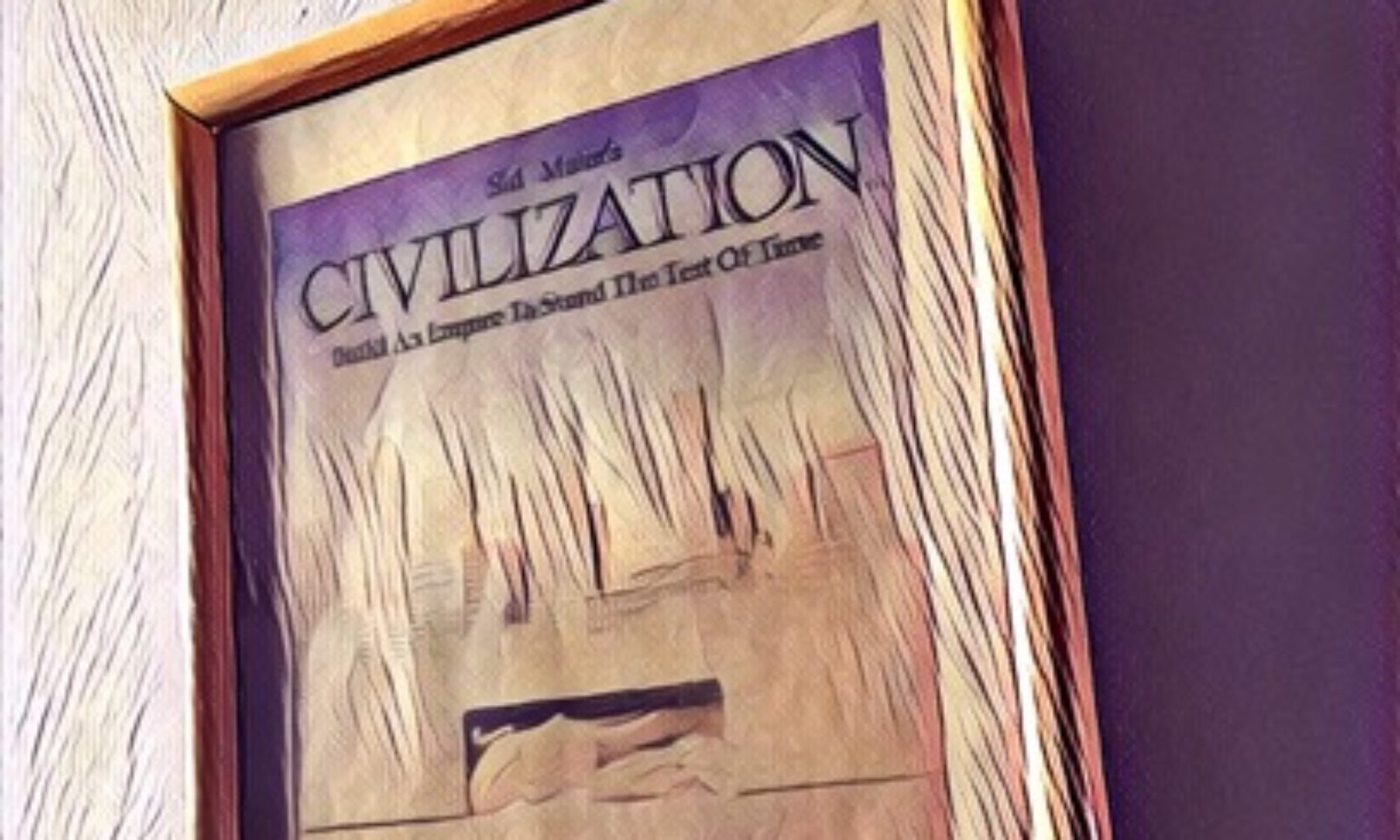I am looking forward to seeing The Hobbit this Christmas season but regard the film’s release with a troubled brow: The media has unfortunately weighed down Peter Jackson’s entertaining spectacle with thousands of words spent on picking apart the apparently questionable decision on the director’s part to shot this film in 48fps.
Most horribly, the focal point regarding a beloved tale is the technology employed rather than the magic conveyed. In a business thriving on mesmerizing audiences, this is unacceptable.
Unearthing The Hobbit underneath a heap of acronyms
Like James Cameron’s high stakes venture Avatar in 2009, The Hobbit does arguably set out to change the filmmaking paradigm yet again, using innovation as a primary narrative tool in a full-scale event film rather than a handful of screen tests unseen in public. Innovation certainly requires exposure to eventually become accepted, but the media should leave it to the business side of things to ponder the viability of a new gimmick.
Exhibitors and filmmakers need to weigh the benefits of employing newly minted pieces of kit, whose entry in the projection and production workflows commonly entails extra investments of several hundreds of thousands of dollars. Steven Spielberg brought us DTS with 1993’s Jurassic Park, George Lucas was a vanguard of digital projection and James Cameron salivated over the evolution of 3D and now Peter Jackson makes a strong case for a projection and capture rate of 48 frames per second. Each of these examples added powerful tools to a filmmaker’s ever evolving workbench and yet uniquely and directly affected the way audiences could consume images projected at 24fps. It is therefore that the media considered it essential to cover all these innovations, with some going as far as to advise prospective film goers on whether or not to see a new release in a specific “gimmicky” format.
The horse is here to stay but the automobile is only a novelty—a fad.
While the advent of digital sound and the proliferation of audio channels pummeling people’s eardrums did not inflate ticket prices, 3D and 48fps certainly did. The former has by now become a norm and noticeably retreated from the prominence on posters. Some filmmakers have vowed to adopt it generally, while others like their films flat, crisp and clear, lowering the potential for possible projection hick-ups considerably. 3D may have lost its luster upon its umpteenth return to mainstream cinema but it is not going to disappear into the night anytime soon: the recently announced Star Wars films, the first of which is set open in 2015, will all be in 3D, firstly – and admittedly – for business reasons, secondly because space ships battling for galactic dominance in Episode VII lend themselves nicely to three dimensional compositions. And now the infant 48fps option goes beyond dimensionality.
The current 3D technology is mired by brightness and blur issues when a particular projection configuration is off the mark: at one and the same theater, Harry Potter and the Deathly Hollows Part II was but a blueish blur to me, the native 3D science fiction epic Prometheus lacked definition as far as I’m concerned, as if the RED cameras had been dipped into buckets of gel. Both appear to be closely connected with the quality of projection at that particular venue, for each of the films did receive praise for handling 3D well in mostly dark sequences. The respective Blu Ray iterations also look superb by contrast. 48fps – or HFR to the cognoscenti – would have helped even in subpar projection configurations because each eye would have been served twice the frame rate and hence a much steadier image.
A good thing at its very inception
Technology will keep on evolving. HFR incidentally solves issues caused by a previous addition to filmmakers’ palettes. 48fps also happen to drastically change the look of what we have come to appreciate as “film look”. Rough, fuzzy edges, grain and motion blur are as much innate consequences of the venerable filmmaking process as they remain stylistic elements. After all, art – and good story telling, for that matter – do not so much thrive on showing everything as on being coy, somewhat removed and suggestive. Films have furthermore always been colour graded and exposed to various processes to evoke a certain look filmmakers are aiming for, regardless of a particular camera’s ability to capture images at great resolutions and colour depths.
HFR seems to counteract rougher visuals, which have been incredibly popular for more than a decade. The Black Hawk Down meets Bourne Identity look seems to be applied to everything from romance tales to diaper commercials these days. With HFR, however, they will need to be reinvented, so to speak. For what you gain in clarity of motion robs audiences of indistinct blurs which used to augment one’s perception of film – if even only on a subconscious level for the most part.
Changes in the business are inevitably in order. For instance, makeup techniques – and budgets – will also need to adapt to 48fps: I remember when people first saw the Matrix sequels in the IMAX format, some pointed out the glaring skin problems of some of the principals, visually enhanced by the unforgiving resolution of an IMAX frame of film. Nevertheless, audiences still had more time to talk about how mediocre or inadequate the sequels appeared, disappointed, no doubt, in comparison to their inflated expectations at the time. In the case of The Hobbit, however, the media has managed to turn everyone’s eyes to a film’s frame rate and how it impinges on the film experience.
Let us see what happens in coming years to higher frame rates, how they will eventually figure in home entertainment, but let us also focus on film as a form of narrative that conveys a story.
Sadly, I haven’t spilled a single word on Gandalf, Frodo, Bilbo, Smaug or the indelible Smeagol. And that troubles my brow even more…
